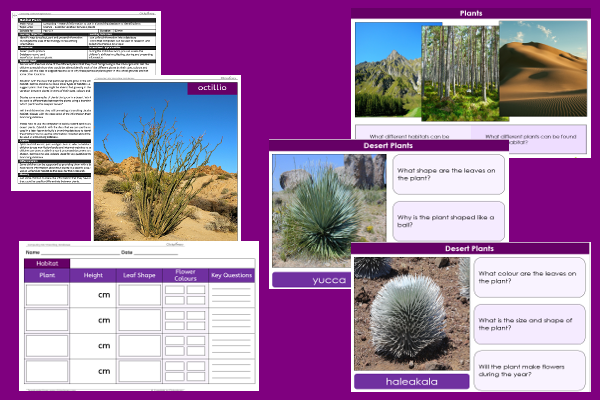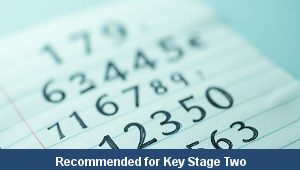Lesson Five – Habitat Plants

This computing teaching pack for Key Stage Two gets the children to investigate how to research and collect information and data that can be used in a branching database to identify and sort between some types of plants found in different habitats.
The class can explain and model how to use a computer to organise and present information about plants and flowers in a database.
Download this teaching pack including a lesson plan, classroom activities and an interactive presentation to investigate how to research and collect information and data that can be used in a branching database to identify and sort between some types of plants found in different habitats
Activities in this teaching pack include display posters to identify key questions that can be used to differentiate between plants growing in a desert habitat and a template to collect and record information about some different plants that can be found in a particular habitat.
The interactive presentation can be used to explore how to collect information that can be used in a branching database to identify plants found in different habitats.
This lesson is part of a computing scheme of work to get the children to practise using a branching database to organise and interrogate data collected about flowering plants found in different habitats around the world. There are teaching activities for shared learning, differentiated worksheets to support independent learning and interactive presentations to introduce concepts and key skills.
-

Maths Arithmetic Assessment
Assess abilities in solving arithmetic number problems for addition, subtraction, multiplication and division when working with informal and formal written calculations
-

Environment
Identify and describe some of the special landscapes and locations that can be found in the world and reflect on how they can be protected and preserved for the future
-

Silent Letter Words
Explore and illustrate the meanings and spellings of some different words with silent letters when using them in a range of topics and scenarios
-

Complaint Letters
Explain and model how to format and structure writing when composing letters of complaint about different issues and scenarios
